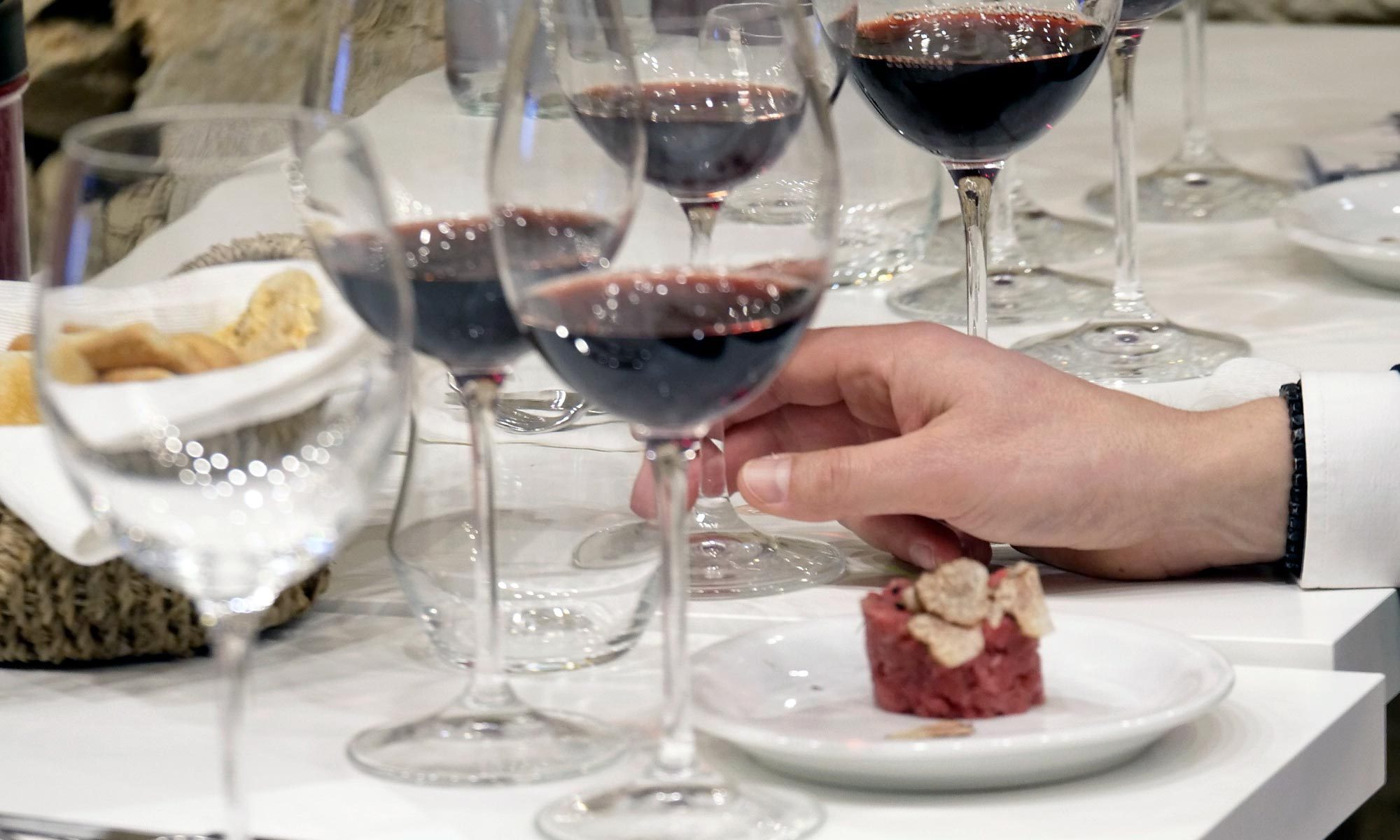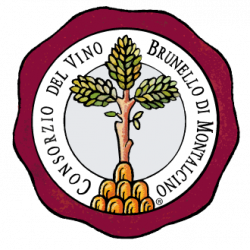Some of the most well-known and important researchers in Italy were at the conference held today at the Teatro Astrusi in Montalcino, sponsored by the Consortium of Brunello: “Traceability of Sangiovese in Montalcino: research and experiments to identify the origin”, of which the most advanced research studies in this amazing journey in the genomics and chemical analysis methods were compared and discussed. The question that we tried to answer is whether it is possible to find perhaps in an aged wine, the origin of the variety and / or varieties. The answer is yes, but the most advanced research has not yet found an absolutely foolproof method for this type of detection. And what are the most effective methods for this type of investigation? Both the anthocyanin profile analysis and DNA tests are not, in fact, infallible.
“The anthocyanin profile analysis of grapes is now an established method”, explained Fulvio Mattivi, researcher at the Edmund Mach Foundation Institute of San Michele, “so much so that for young wines the OIV (Eno 22/2003) has already validated the liquid chromatography method”. And to determine the anthocyanin profile in aged wines? “The method and research which we are working on”, Mattivi continued, “starts with a “tracing” analysis because anthocyanins react with other substances and are therefore “polluted”. However, we arrived at significant statistical correlations with those of anthocyanin pigments also in mono-varietal aged wines, first of all, Brunello di Montalcino. It is still a work in progress, but there will never be a certainty in the comparison of samples obtained from blends. A bit of the fog, however, has lifted”, concluded Mattivi “and this bodes well for the future of our research”.
Concerning genomic analysis, the nucleic acid amplification (PCR) or DNA testing practiced in many of the recent investigations on acts of violence “is an in vitro test that reconstructs the DNA, is widely used and already has legal value”, explained Rita Vignan, researcher at Serge-genomics at the University of Siena, “and is progressively becoming a method that shows results even in cases in which the DNA is extremely compromised, as evidenced by its applications in archeology and paleontology. In this sense, it is possible to also apply it to wine, although it is still an open debate on the actual possibility of extracting DNA from wine, because of the high risk of contamination with other nucleic acids (yeast, bacteria, etc.). In mono-varietal aged wines we also achieved significant results and DNA testing works, while on blends it is virtually impossible to go below the 10% usage of another variety. In short”, concludes Vignan, “the current phase should invite us to work on crossing the various methods, because an infallible scientific method does not exist”.
Stella Grando, researcher at the Edmund Mach Foundation at the Institute of San Michele, said, “the DNA molecule is very difficult to recover in wine. The scientific results of DNA testing on wine are not reproducible and do not lend themselves to quantitative determinations. Evidently, however, there are some interesting developments, especially in the field of genomics and microbiological analysis of DNA of the other components of wine. Of course”, concluded Grando, “it is one thing to work on determining an instrument for control, and another to work on expanding knowledge. The latter seems to me to be the real activity of a researcher”.
Last but not least is the state of the art analysis of the relationship between isotopes of bio-elements (hydrogen, carbon, oxygen) that has been used for decades to verify the authenticity of wine and the origin declared on labels. “Controls”, said Federica Camin, researcher at the Edmund Mach Foundation at the Institute of San Michele, “are based on the comparison of the isotopic values of the sample with those of an official database: every year a representative number of samples of the wine production of each member state shall be officially collected and analyzed. The database annually provides data for isotopic reference to authentic samples, and on this basis defines the legal limits of the isotopic data for the products of each country and each subarea and in the case of a significant number of samples, of each denomination”.
The Consortium of Brunello is a forerunner that is also making a clear and unequivocal request: scientific research is definitely indispensable in order to raise the level of Italian wine excellence. Of course, the economic commitment in similar projects is costly, but necessary if we want our products to represent a sacrosanct guarantee and the hallmark of Made in Italy for consumers around the world.


News Consortium of vino Brunello Montalcino
© Consorzio del vino Brunello di Montalcino